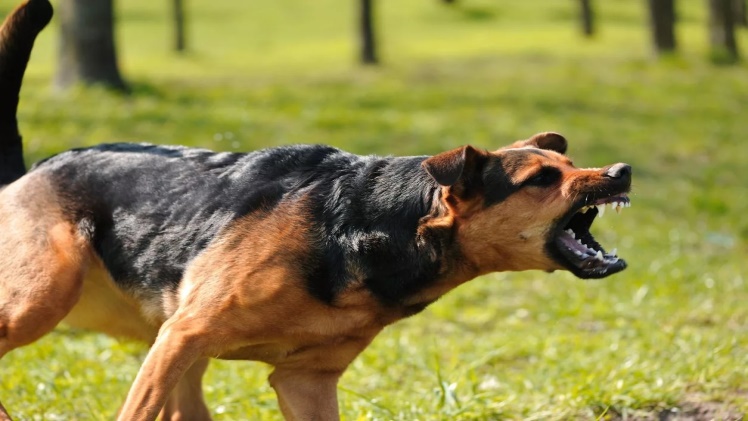People tend to retreat on encountering a growling dog; however, understanding why a dog may exhibit this behavior can help deal with the canine better. Here is some essential information to help puppy owners comprehend growling in dogs.
While we may desire our pooches to communicate their feelings through words, they cannot. Nonverbal communication plays a significant role in dog-to-dog interactions, but there are instances when dogs express themselves vocally.
Meet your vet if Fido has been barking more than usual. Too much vocalization should be a cause for concern because you never know what your little pupper might be going through. A thorough examination by the vet can help you understand the root cause of the issue.
The pain and discomfort associated with physical health issues can often make a canine act out in strange ways. Consider being prepared with pet insurance in NZ so your furry pet can avail of quality medical care during distressing health situations.
The best pet insurance covers a puppy for broader-ranging health conditions up to the benefit limit, which is why you must contemplate purchasing a policy. In the meantime, read this article to learn a few possible reasons for a dog growling.
1.Warning sign
When your pup growls at another fur baby, it’s natural for you to pull the leash or command it to stop the erratic behavior. However, consider the potential consequences if your dog were to stop growling. Growling serves as a warning for fur babies, enabling them to convey their despair or discomfort to you or other animals around. By controlling this warning system, your poochie may resort to more aggressive behavior that potentially endangers you or the other creature involved.
2.Express feelings
A puppy’s growls are not always an indication of anger; they can be another way of expressing feelings. When a pup growls, it often means that something is amiss. It could indicate sorrow, stress, boredom, discomfort, fear, territorial aggression, or even a response to pain.
3.Instinctive behavior
A lot of people who have experienced dog bites have testified that the canine attacked without warning or reason. Nevertheless, the reality is that dogs always provide some form of caution, even if it’s as subtle as a soft growl. It’s essential to be attentive when a puppy’s growling is accompanied by aggressive body language, as this clearly indicates potential danger.
4.Seek attention
Canine fur babies may also growl during play or to seek attention and when they want to venture out, explore places, and socialize. If your pupper is not displaying signs of avoidance, flattened ears, or tensed body posture, the growl is not intended as a threat.
Recognize that a uniform response doesn’t suit every situation, as puppies growl for various reasons. Although the initial impulse might be to reprimand a dog for growling, such action merely suppresses the behavior without addressing its underlying cause.
Furthermore, consistent punishment for growling may lead the four-legged baby to cease this warning, leaving you unaware if they become genuinely upset and are on the verge of acting out or making the situation even worse.
In such a case, contact your vet for advice and assistance because, many a time, physical health issues can also make canine pets behave in inconceivable ways. At the same time, consider being prepared with pet insurance in NZ so that unanticipated vet visits are more manageable. Contemplate purchasing the best pet insurance so your puppy’s health is comprehensively covered at all times.

